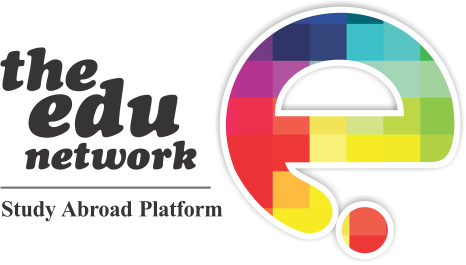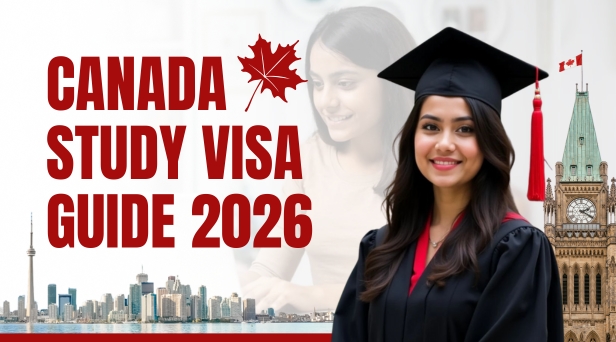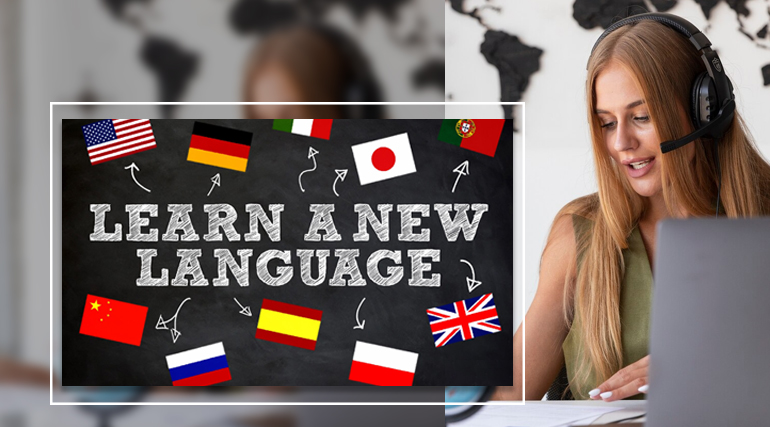Study in Australia: Process, Requirements and Costs
Do you want to discover more about a different learning environment and what it's like to live abroad? If so, you should think seriously about studying in Australia! Studying abroad will advance your interpersonal skills while also enhancing your personal growth and development.
The Australian mainland, Tasmania, and several smaller islands makeup Australia, which is both the world's smallest continent and one of its largest nations (ranked sixth in terms of overall area). The Sydney Opera House, Ayers Rock (Uluru), Great Barrier Reef, Bondi Beach, and Sydney Harbour Bridge are a few of Australia's most well-known sites.
Why study in Australia?
Studying in Australia has gained immense popularity among international students seeking higher education opportunities. Australia holds its place as one of the top three global study destinations, attracting around 600,000 students annually, after the USA and the UK.
Australia boasts an impressive education landscape, comprising over 11,000 institutions offering an extensive array of 22,000 courses. The commitment to education is further evident in the annual allocation of 254 million AUD to scholarships.
Australia's academic prowess is underscored by its representation in global rankings. Seven Australian universities proudly claim a spot among the top 100 worldwide, with a notable 36 higher education institutions featured in the prestigious QS top universities list.
The United Nations acknowledges Australia's exceptional standing as the second-best country for education and per-capita income, highlighting the nation's dedication to fostering both academic excellence and economic prosperity.
Across the Australian states, New South Wales leads with 11 universities, closely followed by Victoria and Queensland, each boasting 10 universities. These states not only provide a robust university network but also offer an abundance of Technical & Further Education (TAFE) institutions, enriching the educational landscape for students. The accompanying image provides a visual representation of international students pursuing education across various Australian states.
Education in Australia
Australia’s education system provides a range of study options, including Higher Education, VET (Vocational Education and Training), Schools, English Language programs, and non-award courses.
Australian universities’ academic cycle
Australia typically has two main intake periods for students, which are in February and July. However, some universities do offer additional intake options in September and November, although these are less common.
As a general guideline, if you plan to start your studies in February, it's advisable to submit your applications between October and November. For the July intake, aim to submit your applications in April or May. Keep in mind that each university may have its specific admission cycle and deadlines, so it's essential to check with your chosen institution.
To ensure a smooth application process, it's recommended to start researching and preparing your application at least six months before your intended application date. This will give you ample time to meet all the requirements and deadlines set by your university of choice.
Documents required
Generally, Australian colleges will want the same documentation that applicants everywhere else must submit. These include:
- A copy of your passport
- Copies of pertinent qualifications
- Proof that you satisfy the language prerequisites for the course
- Confirmation of any scholarships you are currently awarded
- A reference or recommendation letter from a school or tutor
- Proof of meeting any additional requirements specified for the course
In certain instances, you might need to furnish extra evidence of your eligibility to enter Australia. Additionally, if your documents are not in English, you'll need to provide a translation, either from the issuing body or a government-certified translator.
Language requirements
In Australia, where English is the primary language of instruction in universities, fluency in English is essential. To demonstrate your proficiency, you can either be a native English speaker or provide evidence of passing recognized English language tests.
While specific requirements may vary among universities and individual courses, most institutions accept major English language tests. Here are some commonly recognized ones:
- IELTS (International English Language Testing System): IELTS scores range from 0 to 9 for listening, speaking, reading, and writing in English. Typically, you'll need an overall score of at least 6.5, with no individual skill falling below 6.
- TOEFL-IBT (Test of English as a Foreign Language - Internet-Based Test): Similar to IELTS, TOEFL-IBT provides separate scores for listening, speaking, reading, and writing, with a maximum score of 30 in each category. The usual requirement is an overall score of at least 85, with minimum scores of 17-19 in each skill.
- PTE Academic (Pearson Test of English Academic): PTE Academic assesses speaking, writing, listening, and reading, each with a maximum score of 90. Universities often request a score of approximately 60, with minimum scores of 55 in each of the four skills.
These tests serve as a standardized way to evaluate your English language proficiency and are widely accepted by Australian universities. Be sure to check the specific requirements of your chosen institution and program to ensure you meet their criteria.
Cost of living in Australia
Determining the cost of living can be a somewhat subjective matter, often influenced by your expectations and resourcefulness. Students, in particular, tend to excel at finding budget-friendly ways to manage in even the most expensive locales. Nevertheless, it's worth noting that Australia is generally considered one of the more costly places to live globally, with a cost of living considerably higher than countries like the UK or the USA.
For a realistic estimate of the expenses you might encounter, the government's Study Australia website offers a cost of living calculator. Even when taking frugal living into account, it usually indicates annual costs of approximately AU $20,000.
Unsurprisingly, one of the most substantial expenses is accommodation. Renting an apartment in the Sydney city center, for instance, can set you back more than AU $2,000 per month. Even budget-conscious activities can be relatively expensive, with a typical meal at a modest restaurant costing around AU $25.
When it comes to food, Australia's cost of living, like many other aspects, tends to run on the higher side when compared globally. While costs can vary depending on your dietary choices (vegetarian vs. meat-eating), you can generally anticipate spending approximately AU $500 per month on groceries, with more substantial expenses if dining out becomes a frequent habit.
Student visa requirements in Australia
As an international student, you are required to hold an active Australian student visa (subclass 500) for the time you are enrolled in an institution. Accordingly, you need to apply well in time before your studies begin.
Following are the fundamental pre-requisites to submit a subclass 500 visa application:
- eCOE or an electric certificate of enrollment from the institution.
- Fulfill the GTE or Genuine Temporary Entrants criteria
- Proof of funds
- Proof of Overseas Student Health Cover (OSHC) for the complete course-duration
- English proficiency
- Medical and character standards
When to Submit Your Australian Student Visa Application?
The processing time for an Australian student visa typically ranges from 17 to 32 days, especially for higher education applicants. While this represents the minimum processing duration, it can occasionally extend to as long as three months. To ensure a smooth visa application process, it's advisable to apply at least three months before the commencement of your classes in Australia.
Where to Submit Your Application?
To initiate your visa application, you can create an ImmiAccount with the Ministry of Home Affairs Australia. Alternatively, you have the option to apply through agents or third-party counselors who specialize in assisting students with the application process.
How Much Does an Australian Student Visa Cost?
The application fee for an Australian student visa is 650 AUD.
How to select a university?
Choosing a university in Australia is a personal decision influenced by factors like reputation, subject offerings, size, and structure. While Australia has fewer universities compared to some countries, creating a personalized checklist is crucial. Consider the following:
- Subject Specialization: Identify universities aligned with your field of study. Some are part of networks like the Australian Technology Network or Innovative Research Universities, indicating specializations.
- Student Experience: Australia lacks dominant cultural cities, but urban areas along the eastern and southern coasts are common. If you prefer a beach environment or a campus amidst nature, universities in the Verdant University League may be suitable.
- Cost of Living: Australia is known for its high living costs, but expenses vary. Studying in central Sydney is pricier than at a regional university campus.
- Cultural Diversity: Australia has a significant immigrant population, yet diversity is skewed towards countries like the UK or New Zealand. Larger cities have more diverse communities.
Tailoring your university choice based on these considerations ensures a well-rounded decision that aligns with your academic, lifestyle, and cultural preferences.











